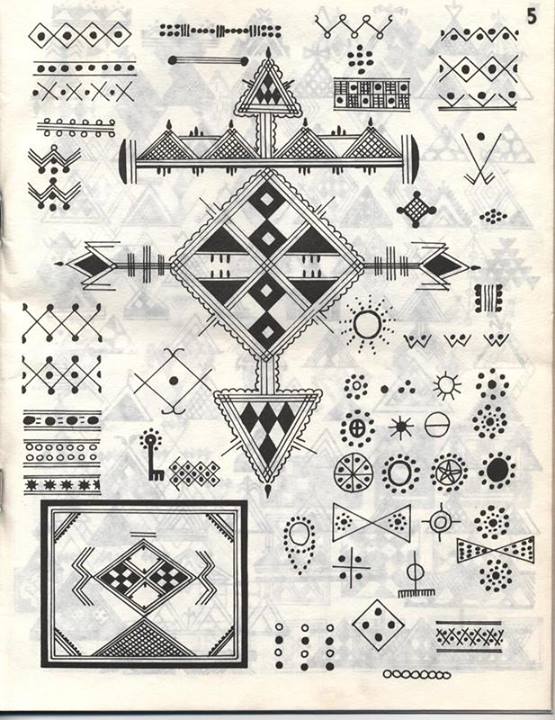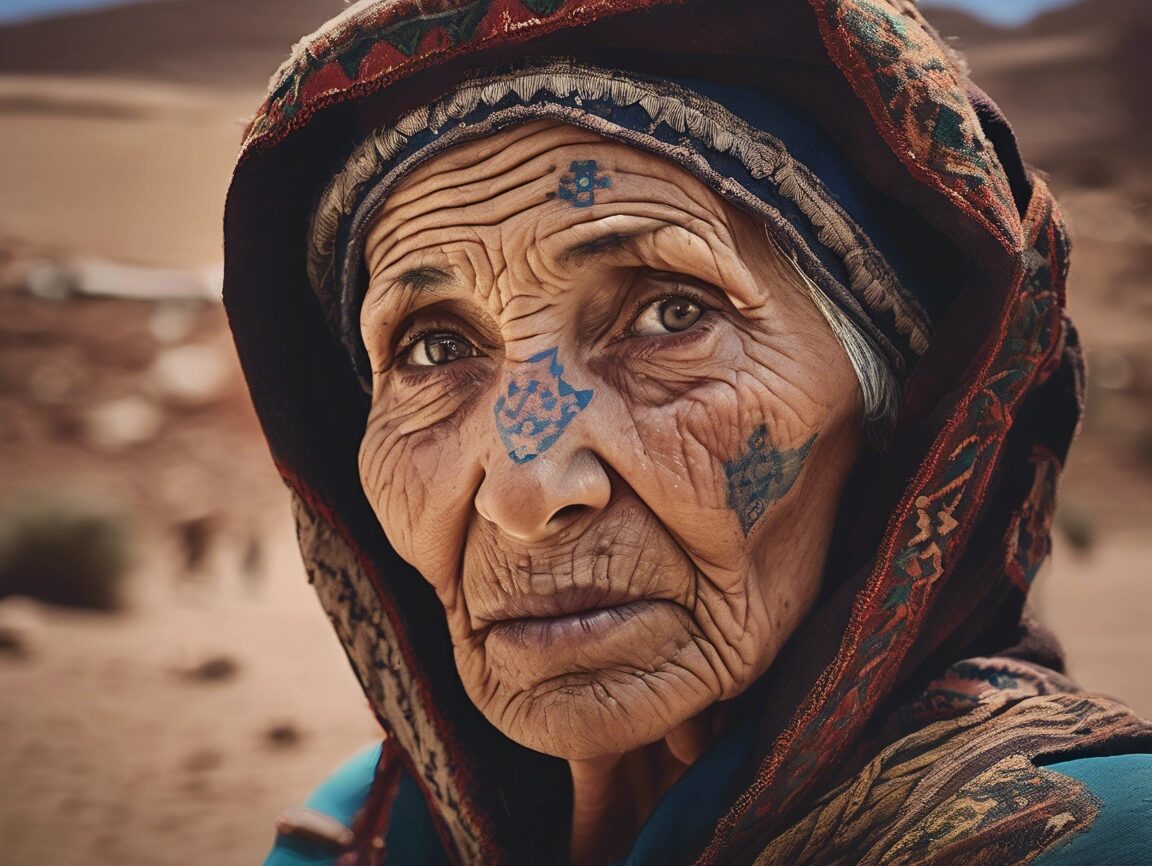Berber face tattoos, an ancient tradition among the indigenous Amazigh people of North Africa, hold deep cultural, spiritual, and aesthetic significance. These intricate markings, once widespread among Berber women, symbolize identity, protection, and status within the community.
While the practice has significantly declined in modern times, Berber tattoos remain a powerful representation of Amazigh heritage and history.
The Origins and Cultural Significance of Berber Tattoos
Berber face tattoos date back centuries, rooted in a rich history that intertwines spirituality, tribal identity, and femininity. The tattoos were traditionally applied during adolescence as a rite of passage and served multiple purposes:
- Tribal Identification: Each symbol and pattern was unique to specific Berber tribes, signifying a woman’s heritage and place of origin.
- Spiritual Protection: Many designs were believed to ward off evil spirits and bring good fortune.
- Beauty and Femininity: Facial tattoos were considered a sign of beauty and desirability, enhancing a woman’s features.
- Marital and Social Status: Certain tattoos signified a woman’s marital status, fertility, or role within the community.

The Meaning Behind the Symbols
Each tattoo carried specific meanings, often inspired by nature and spirituality. Some common symbols included:
- Triangles and Diamonds: Represent fertility and protection.
- Lines and Dots: Symbolize connection to nature and tribal lineage.
- The Eye (Khamsa-like Symbols): Used to ward off the evil eye.
- Crosses and Stars: Represent the four cardinal directions and guidance in life.
Can Face Tattoos Still Be Found?
With modernization and changing societal norms, the practice of facial tattooing among Berber women has significantly declined. Many older women still bear these marks, but the younger generations no longer practice it due to religious beliefs, urbanization, and the influence of Western beauty standards. Today, Berber tattoos are often replaced by temporary henna designs or preserved in art and fashion.
The Cultural Legacy of Berber Tattoos
Despite the decline in practice, Berber tattoos remain an essential aspect of North African history. They are celebrated in Amazigh art, fashion, and cultural festivals, keeping their significance alive for future generations.
Learn More About Berber Culture
For those interested in experiencing Berber traditions firsthand, visiting the Moroccan Sahara provides a unique opportunity to engage with local communities. Explore our Sahara Desert Tours and learn more about the deep-rooted traditions of the Amazigh people.
External Resources:
Berber face tattoos stand as a testament to the rich heritage and identity of the Amazigh people, ensuring that even as the practice fades, its history remains woven into the cultural fabric of North Africa.




